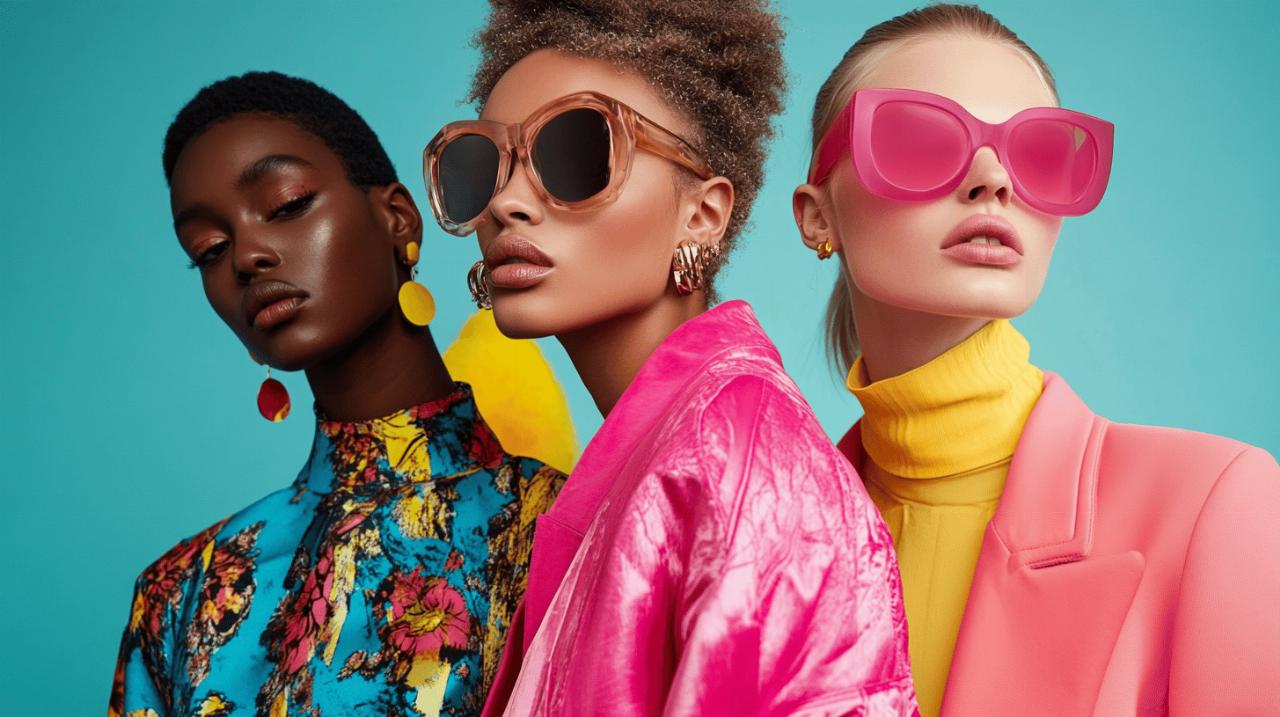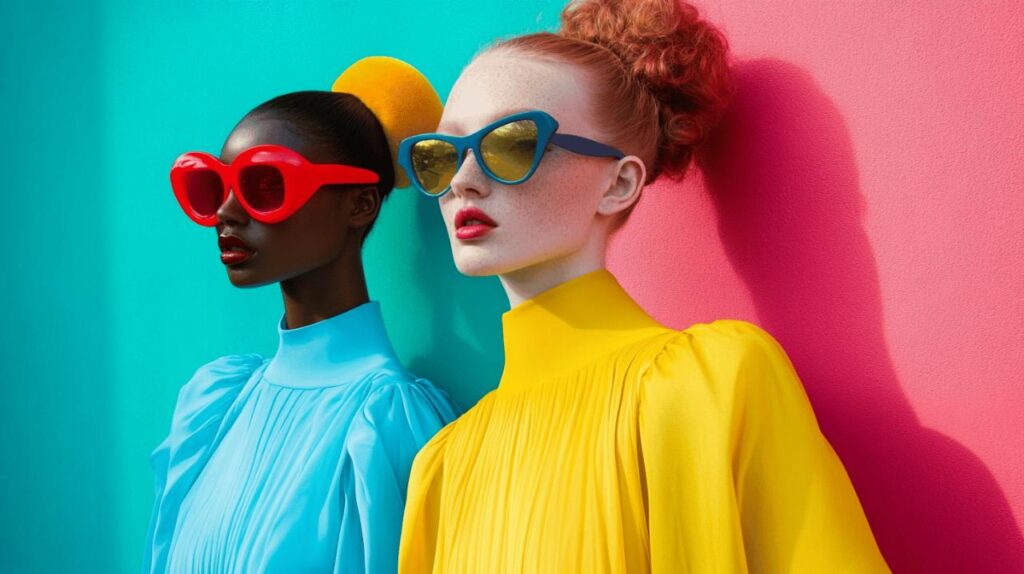The fashion industry is constantly evolving, with new trends emerging and consumer behaviours shifting at an unprecedented pace. Today’s fashion landscape is vastly different from what it was just a few years ago, influenced by technological advancements, cultural movements, and changing priorities among shoppers. As we navigate through these changes, understanding the current fashion climate becomes essential for both consumers and brands alike.
Current runway influences
The runway has always been the birthplace of fashion trends, but how these trends reach consumers has transformed dramatically. Fashion shows now serve as digital content hubs rather than exclusive industry events. Effepi and other innovative brands are leading the charge in making runway fashion more accessible to everyday consumers through social media platforms and live-streaming services. This democratisation of fashion has allowed trends to spread more quickly and widely than ever before.
Seasonal fashion collections still dictate the rhythm of the industry, but there’s a noticeable shift towards ‘seasonless’ fashion that transcends traditional calendars. Trends like crochet, polka dots, and summer whites have extended their relevance beyond specific seasons, reflecting consumers’ desire for versatile wardrobes with longevity. Popular styling experts such as Laura Puddy and Lisa Snowdon have been showcasing these flexible trends on programmes like ‘This Morning’, demonstrating how to incorporate them into everyday wear.
Celebrity style impacts
Celebrity influence on fashion trends continues to grow stronger with the proliferation of social media. Stars from entertainment, sports, and even politics have become powerful fashion ambassadors, capable of launching trends overnight. Beckham-inspired looks have seen a resurgence, while television personalities like Craig Doyle from ‘This Morning’ have their outfits dissected and emulated by viewers seeking style inspiration.
This celebrity influence extends beyond mere imitation to deeper engagement with fashion concepts. Confidence-boosting makeovers by figures like Gok Wan on ‘This Morning’ show how fashion can be transformative, focusing not just on clothing but on the emotional aspects of personal style. These segments, including popular features like ‘Drop a Decade’, resonate with audiences seeking both style advice and self-improvement.
Sustainable fashion movement
Sustainability has moved from a niche concern to a central focus in the fashion industry. With shocking statistics revealing that the industry produces 92 million tons of textile waste annually, with 87% ending up in landfills, consumers are demanding change. Approximately 44% of millennials and Gen Z consider environmental impact a crucial factor in their purchasing decisions.
The ethical fashion market reflects this shift, with projections indicating growth to £12.05 billion by 2028 at a compound annual growth rate of 8.1%. This growth is driving innovations in circular fashion, where garments are designed to be reused, recycled, or biodegraded. Second-hand shopping features prominently in fashion media now, with dedicated segments highlighting the value and style potential of pre-owned clothing.
Evolving retail experiences
The traditional shopping experience has undergone a radical transformation. Physical retail spaces are reinventing themselves as experiential destinations rather than mere points of sale. The concept of ‘shoppertainment’ has emerged as a trillion-pound opportunity, blending commerce with engaging content and interactive experiences to capture consumer attention in an increasingly competitive marketplace.
Supermarket fashion finds, once considered a budget compromise, have gained legitimacy and are now featured prominently by fashion experts like Lisa Snowdon. This shift reflects broader changes in consumer attitudes about where and how to shop for fashion, with value and convenience gaining importance alongside style considerations.
Digital shopping innovations
Technology is revolutionising how consumers discover, evaluate, and purchase fashion. Artificial intelligence design tools are set to add approximately £275 billion in profits to the industry by 2026, transforming everything from product development to inventory management. Digital Product Creation technologies are proving environmentally beneficial as well, with the potential to reduce material waste by 70% and cut carbon emissions from sampling by 30%.
The metaverse represents the next frontier in digital fashion, offering virtual spaces where consumers can experiment with digital clothing for their avatars. This convergence of gaming, social media, and commerce creates new opportunities for fashion brands to engage with consumers, particularly younger demographics who blur the lines between physical and digital experiences.
Personalised consumer journeys
Personalisation has become a fundamental expectation rather than a luxury, with 73% of consumers now expecting brands to recognise and cater to their individual tastes. This demand has fuelled the rise of direct-to-consumer models that bypass traditional retail channels to create more customised shopping experiences with brands establishing direct relationships with their customers.
The fashion industry is also responding to calls for greater inclusivity and diversity, with brands expected to represent a wide range of body types, ethnicities, genders, and cultural backgrounds in their products and marketing. This shift is not merely performative but reflects substantial changes in product development, sizing standards, and representation.
Wearable technology continues to evolve beyond fitness trackers to more sophisticated smart fabrics that blend style with functionality. With projections suggesting that 27.2% of the US population will use wearable tech by 2025, fashion brands are exploring how to integrate technology seamlessly into garments that enhance the wearer’s life while maintaining aesthetic appeal.
As we look to the future, the fashion landscape will continue to be shaped by these intersecting trends of sustainability, technology, and personalisation. For brands and consumers alike, staying informed about these developments isn’t just about keeping up with style—it’s about participating in a transforming industry that increasingly reflects our values, identities, and aspirations.

